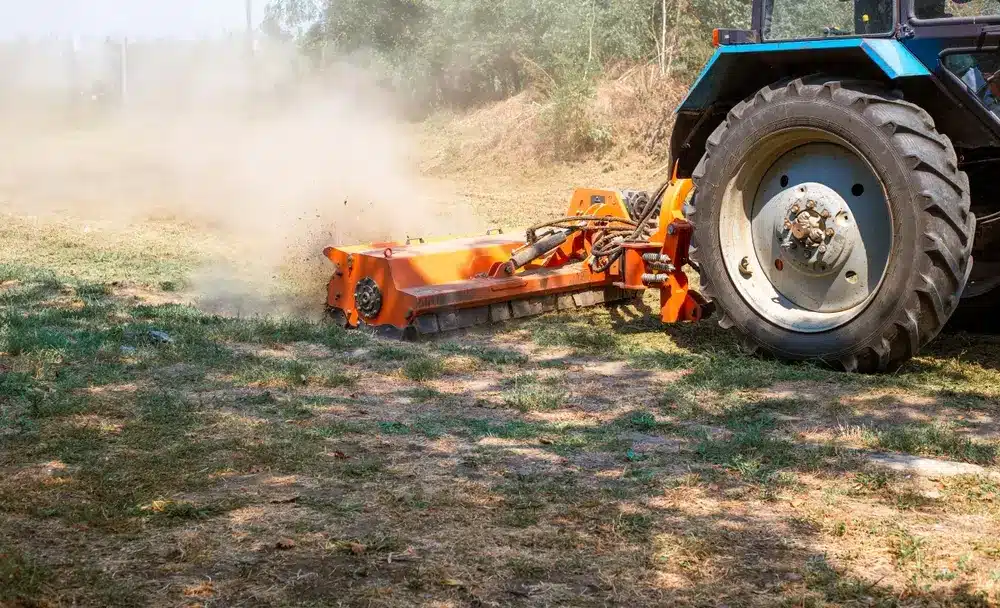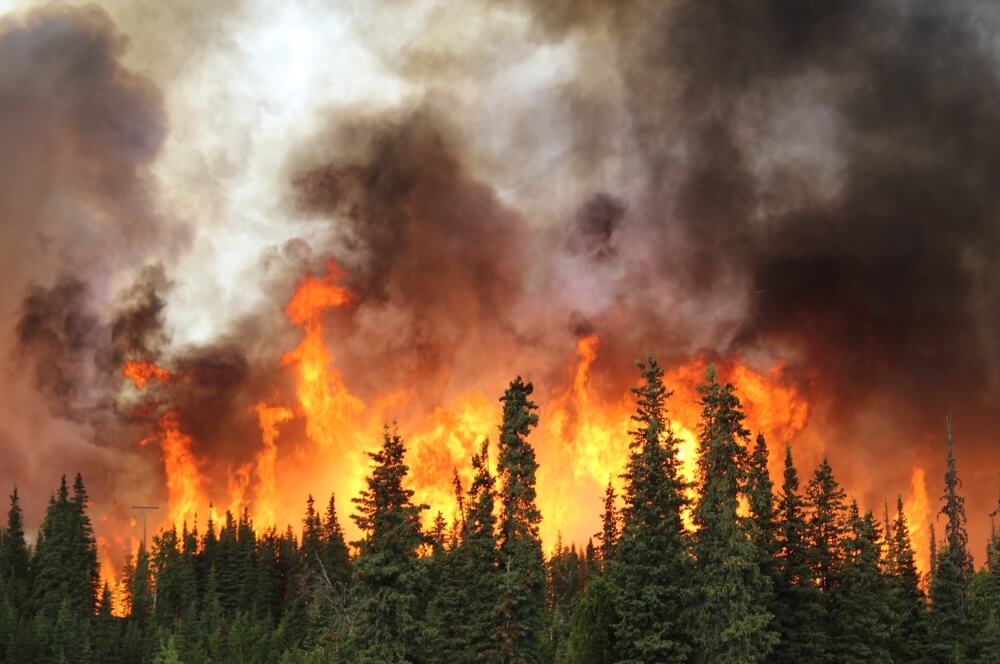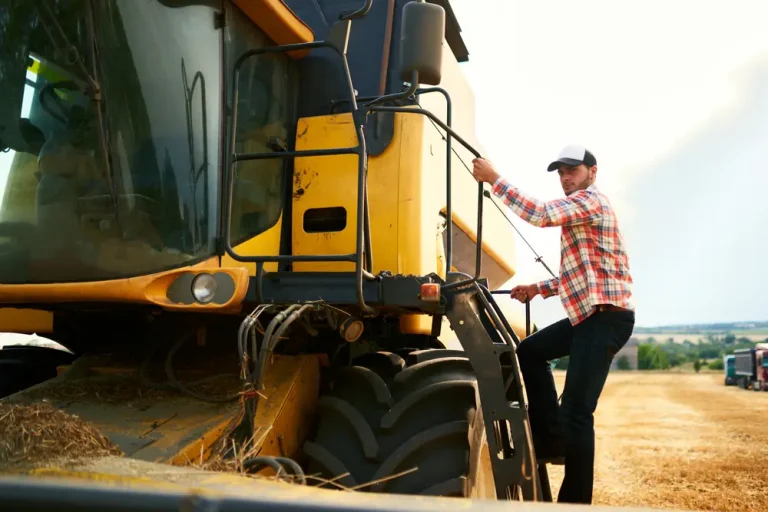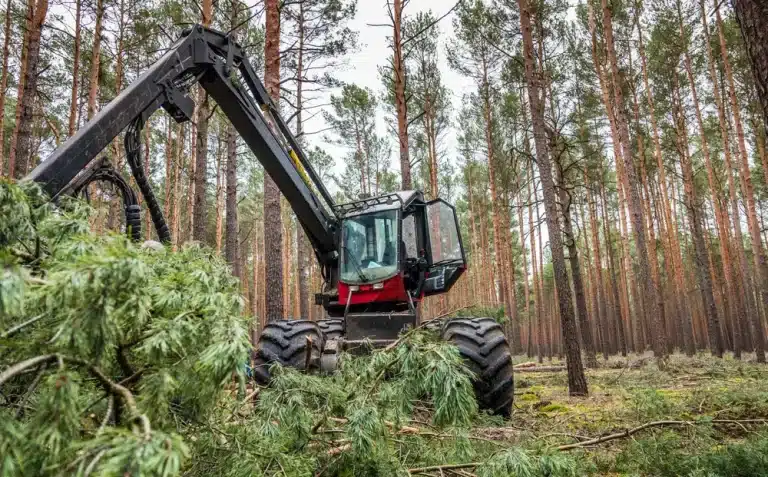Wildfires in dry zones threaten communities, ecosystems, and economies with increasing frequency and intensity.
Mulchers play a vital role in controlling vegetation that fuels these fires by clearing underbrush, deadwood, and invasive plants efficiently.
This vegetation management helps create defensible spaces that reduce fire spread and intensity, protecting natural landscapes and human settlements alike.
Timely and well-planned mulching operations are essential for minimizing wildfire risks in vulnerable dry environments.
The same principles apply to strategic cleanup efforts detailed in the best mulching tools for post-disaster cleanups, which often overlap with wildfire zones.
Vegetation management to minimize fire fuel
Controlling the volume and type of vegetation is one of the most effective ways to reduce wildfire risks in dry zones.
Dense undergrowth, tall dry grasses, and accumulated dead branches provide abundant fuel that allows wildfires to spread quickly and intensely. Forestry mulchers excel at cutting through and shredding these materials, breaking them down into smaller pieces that are less likely to ignite or carry fire across large areas.
By removing thick layers of combustible vegetation, mulching interrupts continuous fuel beds that enable flames to leap from plant to plant.
This targeted vegetation control reduces both the speed and intensity of wildfires, creating safer landscapes for nearby communities and natural habitats. Effective mulching also prepares the land for subsequent maintenance, ensuring that fuel loads remain manageable year after year.
These techniques directly support the goals outlined in how to maintain your forestry mulcher for long-term performance and in broader use cases for fire-prone environments.
“The best way to fight wildfires is to prevent them. Vegetation management is our first line of defense.”
— Tom Harbour, former National Director of Fire and Aviation Management, U.S. Forest Service
Reduced accumulation of dry, flammable debris
In arid and semi-arid environments, dry leaves, twigs, and low shrubs accumulate rapidly on the ground, creating a highly flammable layer that acts as tinder during wildfire season.
Mulchers transform this layer into finely shredded mulch that decomposes more quickly than intact plant material. This decomposition process significantly reduces the buildup of dry fuel over time, limiting the potential for ground fires to ignite or spread.
Additionally, mulch left on the soil surface improves moisture retention by reducing evaporation, which helps maintain healthier soil and vegetation. This natural moisture barrier supports the growth of fire-resistant native plants, further lowering the risk of wildfire.
As a result, mulching not only removes hazardous fuel but also promotes long-term resilience through improved soil and plant health.
These strategies complement vegetation-specific approaches discussed in what types of vegetation can a mulcher handle.
The benefits include:
- Reduced accumulation of dry, flammable debris
- Decreased ignitability of ground cover
- Enhanced soil moisture retention supporting vegetation recovery
Breaking ladder fuels

Ladder fuels refer to vegetation that allows fire to climb from the ground into the tree canopy, where it becomes far more difficult to control and causes severe damage.
Examples include small trees, dense brush, and tall shrubs that form a vertical bridge for flames. Forestry mulchers target and clear these mid-height fuels, effectively breaking the fire’s upward path.
This interruption limits the fire to lower vegetation levels where it can be managed more easily by firefighting crews or natural barriers.
Maintaining well-managed lower vegetation through regular mulching is a vital component of fire prevention strategies in dry zones. It helps protect mature trees and reduces the intensity of potential fires, safeguarding ecosystems and human infrastructure alike.
Protecting sensitive ecosystems
Selective mulching offers a balanced approach to wildfire prevention that minimizes environmental disturbance. Unlike mechanical clearing or controlled burns, which can damage soil structure and disrupt wildlife habitats, mulching removes only specific invasive or highly flammable plant species while preserving native vegetation.
This careful vegetation management supports biodiversity and ecosystem health, which are critical for maintaining natural fire resistance. By targeting invasive plants that contribute to fire risk, mulchers help restore native plant communities that are better adapted to local conditions and less likely to fuel intense fires.
This method aligns with sustainable land management principles and contributes to long-term ecological stability.
For more on balancing fire prevention with environmental care, see our page on the role of mulchers in sustainable land management.
Timing and frequency of mulching operations
The effectiveness of mulching in reducing wildfire risks largely depends on when and how often these operations are conducted.
Carrying out mulching before the fire season is critical because it removes accumulated dead biomass that otherwise acts as highly flammable fuel.
Properly timed mulching lowers the chances of rapid fire spread and creates safer landscapes that are easier to manage. In high-risk zones, maintaining a regular mulching schedule is essential to keep fuel loads consistently low.
This proactive approach ensures that vegetation does not grow unchecked between seasons, preventing hazardous buildups that could quickly escalate into wildfires.
By incorporating routine mulching into land management practices, operators create resilient environments that better withstand fire threats while supporting healthy plant communities.
Seasonal considerations for mulching
Dry zones are characterized by distinct wet and dry seasons, each influencing vegetation growth and fuel accumulation in different ways.
Mulching is most effective when timed to follow the wet season, as this is when plant material has grown rapidly and poses the greatest fire hazard if left unmanaged. Removing this excess biomass shortly after rainfall prevents quick drying and fuel buildup, reducing wildfire risk significantly.
Additionally, the mulch left behind acts as a protective layer that reduces soil erosion during dry periods by retaining moisture and preventing surface runoff.
Understanding these seasonal dynamics helps optimize mulching operations, making them more efficient and impactful.
This timing strategy also complements operational techniques found in our guide on how to optimize mulcher performance on skid steer machines, ensuring the equipment is used effectively in different environmental conditions.
Key benefits of mulching after the wet season include:
- Mulch after wet season for fuel reduction
- Soil erosion minimized through mulch layers
- Supports natural vegetation recovery
Targeted mulching for high-risk zones
Strategically focusing mulching efforts near residential areas, critical infrastructure, and designated firebreaks plays a crucial role in wildfire prevention.
Clearing vegetation in these high-risk zones creates defensible spaces that act as buffers between potential fire sources and protected assets.
These cleared areas facilitate safer access routes for firefighting crews and improve overall fire control efforts.
Regularly maintaining these zones through mulching ensures that fuel loads do not accumulate to dangerous levels, helping to reduce both fire intensity and spread potential.
These practices form an integral part of comprehensive wildfire management plans and align closely with the safety principles discussed in our article on safety tips when operating a mulcher in tough terrain, emphasizing operational caution and environmental awareness.
Maintenance after wildfire events
After a wildfire, the landscape often faces rapid vegetation regrowth and increased risk of erosion, both of which can contribute to future wildfire hazards if left unchecked.
Post-fire mulching addresses these challenges by controlling fast-growing brush and grasses that quickly become new fuel sources.
This process stabilizes the soil by providing a protective mulch layer that prevents erosion from wind and rain, which is especially important in vulnerable, burned areas. Moreover, mulching after fire events supports the gradual recovery of native ecosystems by reducing competition from invasive plants and promoting healthier regrowth.
Incorporating post-wildfire mulching into land management strategies strengthens the landscape’s resilience, reducing the likelihood and severity of future fires while aiding ecological restoration efforts.
Mulching equipment and techniques adapted to dry zones

In fire-prone landscapes, the effectiveness of vegetation control depends as much on the machinery used as on the operator’s expertise.
Mulching in dry zones is not a generic task, it requires an approach tailored to local conditions, fuel types, and the fragile nature of arid soils.
Choosing the right equipment and applying suitable techniques not only improves fire prevention outcomes but also protects the land from long-term degradation.
When machinery is mismatched or operated without sensitivity to dry terrain, it can cause soil destabilization, excess dust, or even spark ignition during high-risk periods.
To ensure sustainable vegetation management, both equipment selection and operating behavior must align with environmental constraints and safety priorities, as detailed across our use cases and our services pages.
Choosing the right mulcher for dry biomass
Not all mulchers perform equally across vegetation types. In dry zones, the dominant biomass often includes dry grasses, brittle brush, and sun-dried woody debris, which respond differently to cutting mechanisms.
- Drum mulchers, known for their high-impact, rotational power, are ideal for breaking down larger debris like dead trunks or thick branches. They offer deeper cutting and are particularly effective where dense fuel loads need to be reduced quickly.
- Flail mulchers, on the other hand, provide more finesse and adaptability. With their ability to contour uneven surfaces, they are better suited to managing grasslands, lighter brush, and sloped ground common in arid ecosystems.
Selecting the right mulching head prevents overprocessing the terrain and allows for efficient fuel reduction without damaging the soil. For projects that rely on spider excavators or skid steer loaders, compatibility between machine and attachment is crucial.
You’ll find more details on optimal pairing here: understanding mulcher attachments for spider excavator and here: skid steer mulchers vs spider excavator mulchers: pros and cons, where terrain-specific guidance helps operators make smart decisions.
Minimizing environmental impact
One of the greatest risks when operating mulchers in dry zones is ecological disruption.
Dry soils are particularly vulnerable to compaction, erosion, and dust generation. This is why machinery with low ground pressure and adjustable cutting depth is critical. By doing this, the operator can minimize their footprint on the environment while still achieving effective vegetation control.
Dust suppression is not merely a comfort issue, it is a fire hazard. When vegetation is dry and the air is hot, sparks caused by friction or machine movement can ignite debris instantly.
Operators trained in fire-aware techniques know how to reduce speed, avoid unnecessary blade contact with stone, and pause activity when winds rise. These practices, covered in our safety tips when operating a mulcher in tough terrain, are especially important when working near residential zones or protected natural areas.
By combining precision techniques with the right equipment, mulching becomes not just a fire mitigation strategy but a model of environmental stewardship.
Key best practices to reduce environmental impact include:
- Using low ground-pressure machines to preserve soil integrity
- Limiting blade depth to avoid root system disruption
- Scheduling operations during calm weather to prevent airborne dust
- Avoiding over-mulching to preserve moisture and native vegetation
Integrating mulching with fire management plans
Mulching alone cannot address every risk associated with wildfires, but when integrated into a broader fire management framework, it becomes a powerful tool. Strategic vegetation control works best when aligned with other methods, such as controlled burns, mechanical thinning, and public safety education.
The creation of defensible spaces around homes, infrastructure, and evacuation routes depends heavily on regular mulching schedules, especially in buffer zones where dry vegetation accumulates rapidly.
Collaboration with local authorities, fire departments, and conservation teams enhances coordination and ensures that land treatment activities follow regional wildfire response protocols.
These efforts are not isolated, they are part of long-term risk mitigation strategies that involve entire communities.
The fight against wildfires is no longer a seasonal concern
It is a year-round commitment that begins long before the first spark. Mulchers are more than machines, they are frontline tools that transform unmanaged land into defensible, resilient terrain. In dry zones where the margin for error is thin and the cost of inaction is catastrophic, every pass of a mulcher helps reclaim control from the chaos of fire.
Choosing the right partner for this task matters. Our teams understand the terrain, the climate, and the urgency. Explore our services, learn more learn how we work, or ask for a free quote to start building fire-resilient landscapes where safety, performance, and responsibility meet.



